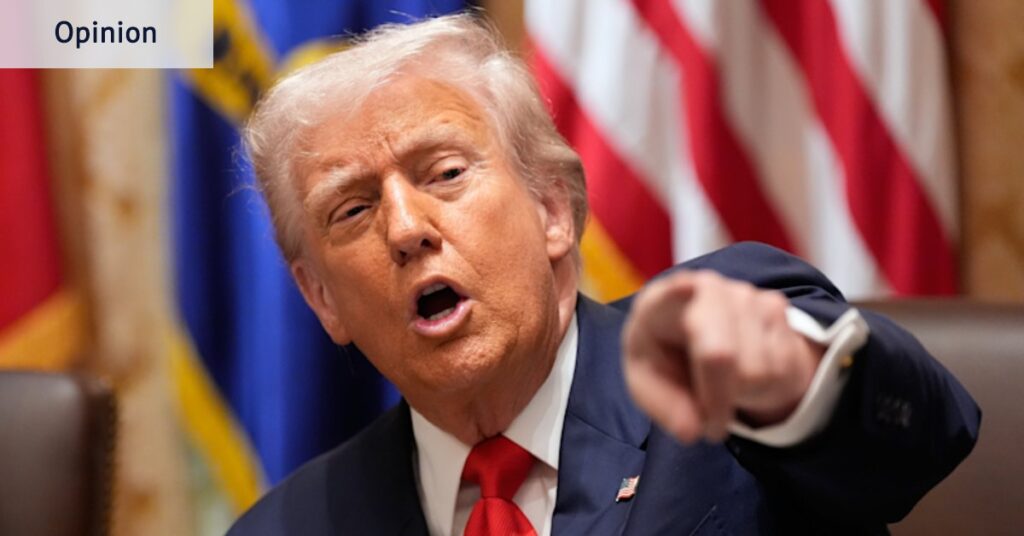
Donald Trump, celebrating the anniversary of his election victory, has declared that he has engineered the most successful economy in U.S. history, claiming to have made America affordable again. However, recent state election results and economic data suggest a more complex reality, with voters and statistics offering a different perspective.
The cornerstone of Trump’s campaign was his promise to reduce prices and enhance affordability, a promise that arguably played a pivotal role in his electoral success. Yet, inflation rates tell a different story. As of now, both headline and core inflation remain largely unchanged from a year ago, standing at 2.9% and 3.1% respectively. These figures had been trending downward through 2024 but have reversed since Trump assumed office, with his tariff policies still poised to impact prices further.
Economic Indicators and Consumer Sentiment
Despite Trump’s assertions, consumer sentiment reflects skepticism about the affordability improvements under his administration. His approval rating has dropped from 47% earlier this year to 37% in recent polls. Trump’s strategy to lower petrol prices by deregulating and opening federal lands to oil and gas companies has seen mixed results. Petrol prices have marginally decreased from $3.19 to $3.15 per gallon over the past year, despite a significant drop in crude oil prices from over $75 to below $64 per barrel due to a global oil surplus.
U.S. oil production has increased, with the International Energy Agency predicting an average of 13.5 million barrels per day this year. However, the decline in oil prices is expected to reduce drilling activity next year, potentially impacting future production levels.
Stock Market Surge and Wealth Distribution
In terms of the stock market, Trump’s presidency appears successful, with a 17.5% increase since the last election, driven largely by the artificial intelligence boom rather than broader economic policies. Wealthier households, who are more invested in the market, have benefited from this surge, as well as from Trump’s tax cuts, initially branded as the “One Big Beautiful Bill Act” and later rebranded as the “Working Families Tax Cut Bill.”
The Trump family and other wealthy individuals have also gained from the dramatic rise in crypto asset values, a sector Trump has embraced despite previous skepticism. However, for average Americans, the economic picture is less rosy. The U.S. economy grew by 2.4% last year, with projections of 2% growth this year and 2.1% in 2026, according to the International Monetary Fund.
The U.S. government debt has risen from $36.1 trillion to over $38 trillion, and the budget deficit remains substantial, with a forecast of $1.8 trillion this year.
Currency and Interest Rates
The U.S. dollar has experienced volatility, falling about 5% against major trading partners’ currencies, despite a recovery from September lows. Trump’s promise of a “secure” dollar has faced challenges, with interest rates decreasing. The yield on the 10-year bond has dropped from 4.27% to about 4.15%, while shorter-duration Treasury yields have fallen even more.
Trump’s tariff policies, which he vowed to use aggressively, have introduced a significant domestic tax on consumption. According to Goldman Sachs, U.S. consumers will bear the brunt of these costs, with projections indicating they could pay up to 70% of tariff costs by the end of next year.
Trade Deals and Economic Outlook
While Trump has secured promises of substantial investments in the U.S., totaling $8.9 trillion according to the White House, these figures include previously planned expenditures and investments contingent on Trump’s continued presidency.
As Trump approaches the end of his term, the challenge remains to substantiate his claims of overseeing the greatest economy ever. Economic growth has weakened, reflected in a rising unemployment rate, now at 4.3%. Legal challenges to his tariff regime continue, with potential implications for economic growth and inflation.
In conclusion, while certain economic indicators like the stock market and oil production show positive trends, broader measures of economic health and consumer sentiment reveal a more nuanced picture of Trump’s economic legacy. With less than a year remaining in his term, the administration faces significant hurdles in delivering on its economic promises.






